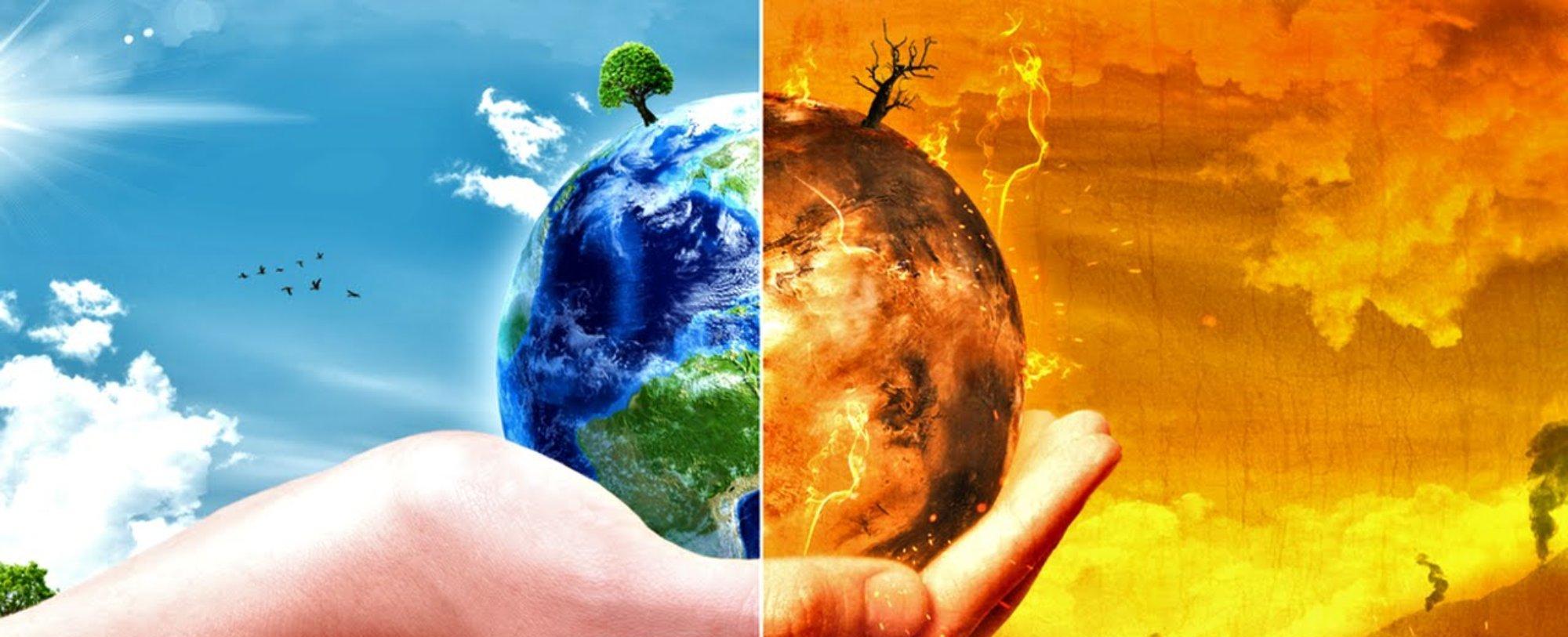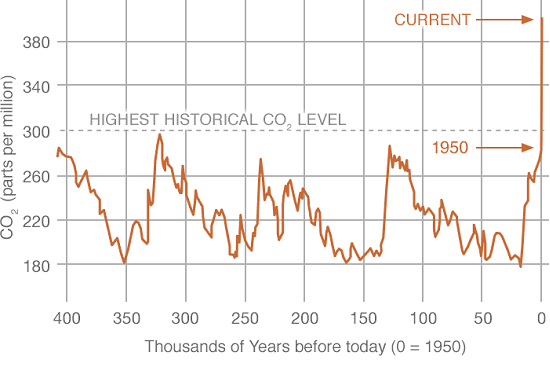Jeopardizing Earth’s future
November 15, 2017 | Expert Insights

More than 16,000 scientists from across the world have published a warning to humanity about the dire consequences of climate change and how it remains a threat.
Background
Climate change is a change in the statistical distribution of weather patterns when that change lasts for an extended period of time. Global warming is the observed century-scale rise in the average temperature of the Earth's climate system and its related effects. Multiple studies published in peer-reviewed scientific journals show that 97 percent or more of actively publishing climate scientists agree that climate-warming trends over the past century are extremely likely due to human activities. In addition, most of the leading scientific organizations worldwide have issued public statements endorsing this position. Climate change poses a fundamental threat to the places, species and people’s livelihoods. Sea levels are rising and oceans are becoming warmer. Longer, more intense droughts threaten crops, wildlife and freshwater supplies. From polar bears in the Arctic to marine turtles off the coast of Africa, our planet’s diversity of life is at risk from the changing climate.
The Paris Agreement is an agreement within the United Nations Framework Convention on Climate Change (UNFCCC) dealing with greenhouse gas emissions mitigation, adaptation and finance starting in the year 2020. As of October 2017, 195 UNFCCC members have signed the agreement, and 169 have become party to it. The Agreement aims to respond to the global climate change threat by keeping a global temperature rise this century well below 2 degrees Celsius above pre-industrial levels and to pursue efforts to limit the temperature increase even further to 1.5 degrees Celsius. The US is the only nation that has withdrawn from the Paris accord.

Analysis
More than 16,000 scientists from across the world have published a warning to humanity about the dire consequences of climate change and how it remains a threat. This is the second time such a large group of scientists are issuing this specific warning. In 1992, over 1,700 scientists issued a letter titled "World Scientists' Warning to Humanity." That letter had warned that human beings and natural world were on a “collision course”.
The latest letter has been authored by environmental scientist William Ripple and his colleagues and has been published in the journal BioScience. Since the letter was published, hundreds more scientists have signed their names to its content.
"This is not about some natural phenomenon that is removed from humans," said Ripple, a distinguished professor of ecology at Oregon State University. "If we don't have a healthy biosphere, as it is called, if we continue to have major environmental problems and climate change problems, then this goes directly to the welfare of humans. People need to understand that we are trying to save ourselves from catastrophic huge misery."
The scientists in the letter lay out a dire warning and note that human beings should recognize their own destructive patters. It states, “Soon it will be too late to shift course away from our failing trajectory, and time is running out. We must recognize, in our day-to-day lives and in our governing institutions, that Earth with all its life is our only home."
Professor William Ripple further stated, “Humanity is now being given a second notice ... We are jeopardizing our future by not reining in our intense but geographically and demographically uneven material consumption and by not perceiving continued rapid population growth as a primary driver behind many ecological and even societal threats.”
Assessment
Our assessment is that climate change is an existential threat to mankind. If it isn’t addressed by nations across the world, then it could result in massive loss of biodiversity. Experts have stated that the ferocity of recent hurricanes like Irma and Harvey could possibly be linked to climate change.








Comments